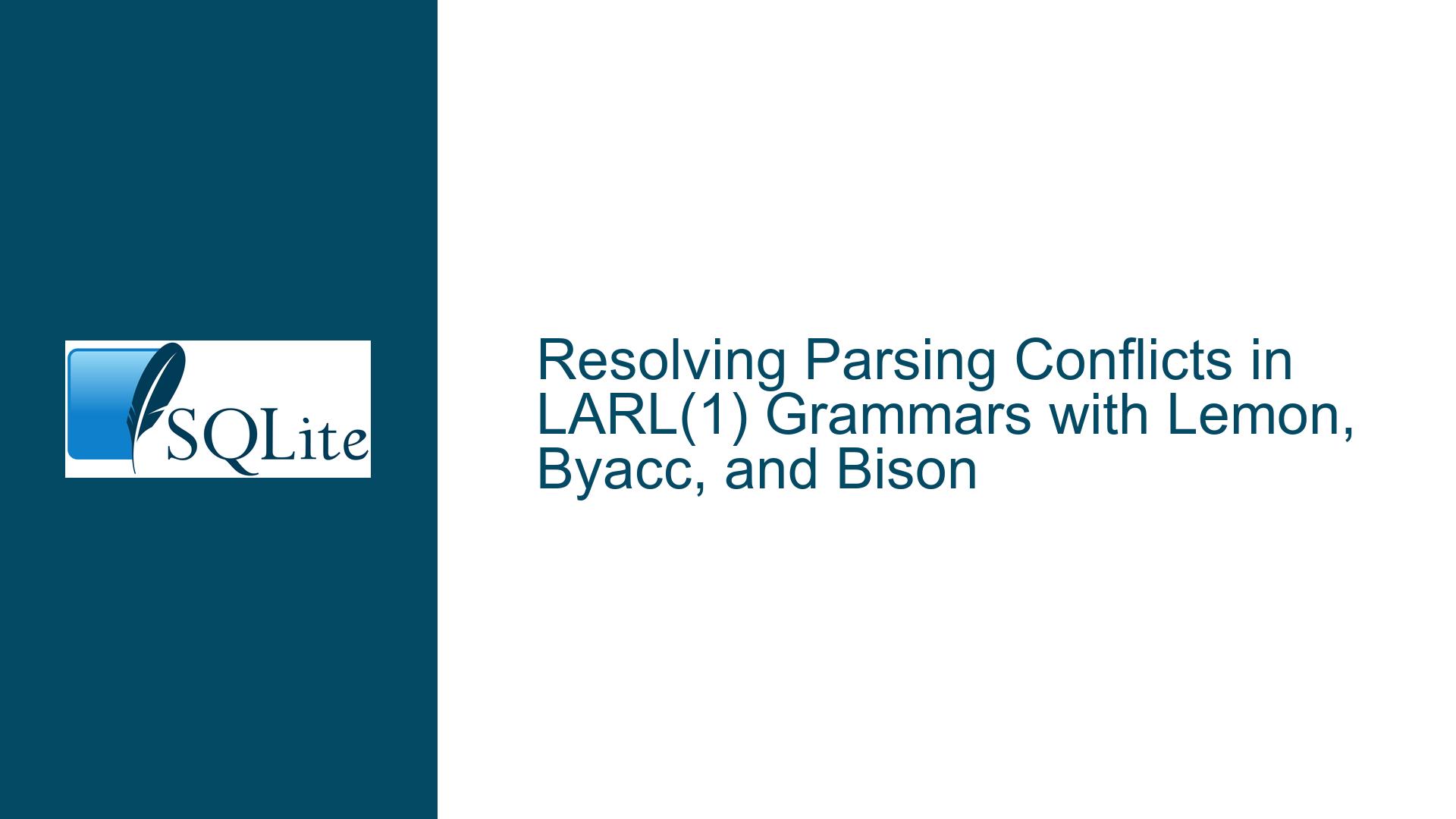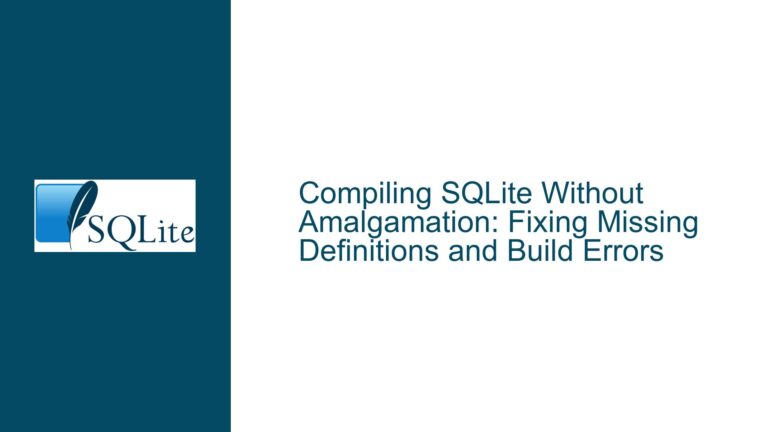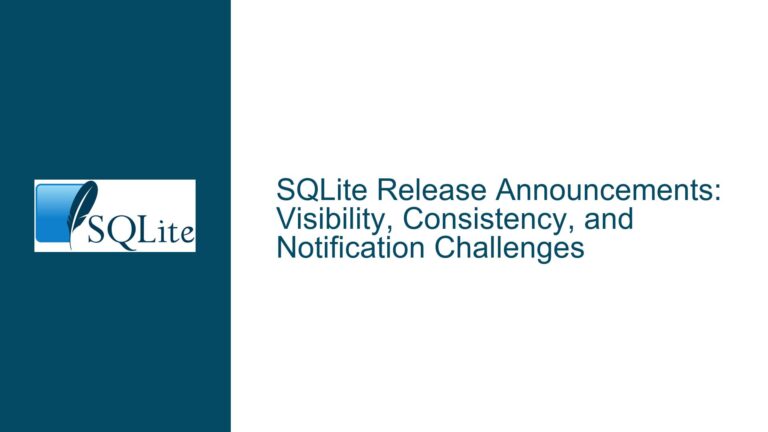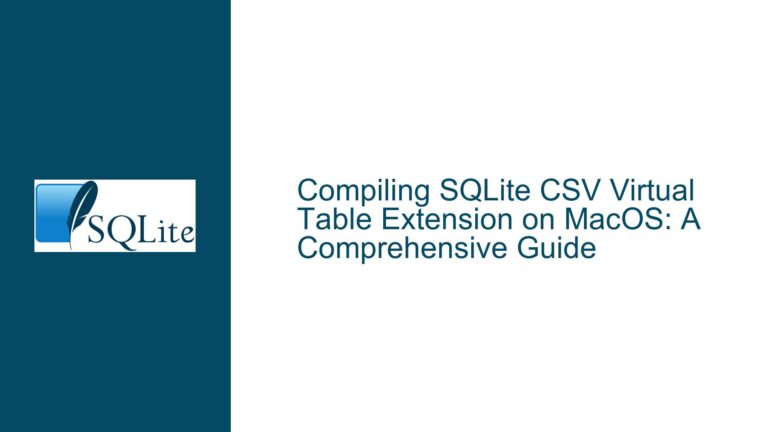Resolving Parsing Conflicts in LARL(1) Grammars with Lemon, Byacc, and Bison
Understanding Parsing Conflict Discrepancies in LARL(1) Grammars
When working with LARL(1) grammars, parsing conflicts such as shift/reduce and reduce/reduce conflicts are common challenges that arise due to ambiguities in the grammar rules. These conflicts can manifest differently across parser generators like Lemon, Byacc, and Bison, leading to inconsistencies in the number and type of conflicts reported. The discrepancies observed in the parsing results for the sqlite3 and cfront3 grammars highlight the nuanced differences in how these tools handle precedence settings and grammar rules. Lemon, for instance, reports zero conflicts for the sqlite3 grammar, while Byacc and Bison report 53 reduce/reduce conflicts. Similarly, for the cfront3 grammar, Lemon reports 19 parsing conflicts, whereas Byacc and Bison report 24. These differences suggest that the underlying algorithms and conflict resolution strategies employed by each parser generator play a significant role in the outcome.
The issue becomes more pronounced when precedence settings are ignored. For the sqlite3 grammar, Lemon and Byacc report 827 parsing conflicts (788 shift/reduce and 39 reduce/reduce), while Bison reports 827 parsing conflicts (734 shift/reduce and 93 reduce/reduce). For the cfront3 grammar, Lemon and Byacc report 1077 parsing conflicts (1074 shift/reduce and 3 reduce/reduce), while Bison reports 1077 parsing conflicts (1073 shift/reduce and 4 reduce/reduce). These results indicate that the handling of precedence settings is a critical factor in the number and type of conflicts generated. The differences in conflict resolution strategies between Lemon, Byacc, and Bison are likely due to variations in their parsing algorithms, default precedence rules, and how they handle ambiguous grammar rules.
Investigating the Root Causes of Parsing Conflict Variations
The variations in parsing conflicts across Lemon, Byacc, and Bison can be attributed to several factors, including differences in their parsing algorithms, default precedence rules, and how they handle ambiguous grammar rules. Lemon, for instance, is designed to generate parsers that are specifically optimized for SQLite, which may explain why it reports zero conflicts for the sqlite3 grammar. Byacc and Bison, on the other hand, are more general-purpose parser generators and may not be as finely tuned for SQLite’s grammar. This could result in a higher number of conflicts being reported.
Another factor contributing to the discrepancies is the way each parser generator handles precedence settings. When precedence settings are ignored, the number of conflicts increases significantly for all three tools, but the distribution of shift/reduce and reduce/reduce conflicts varies. This suggests that the default precedence rules in Lemon, Byacc, and Bison differ, and these differences become more apparent when precedence settings are disregarded. Additionally, the way each tool resolves conflicts may also play a role. Lemon, for example, may employ more aggressive conflict resolution strategies that result in fewer reported conflicts, while Byacc and Bison may take a more conservative approach, leading to a higher number of conflicts.
The grammar rules themselves can also contribute to the variations in parsing conflicts. Ambiguities in the grammar, such as overlapping rules or rules that can be interpreted in multiple ways, can lead to conflicts. The way each parser generator handles these ambiguities can result in different numbers and types of conflicts. For example, Lemon may be better at resolving certain types of ambiguities, resulting in fewer conflicts, while Byacc and Bison may struggle with the same ambiguities, leading to more conflicts.
Resolving Parsing Conflicts: Strategies and Best Practices
To address the parsing conflict discrepancies observed in LARL(1) grammars, several strategies and best practices can be employed. First, it is essential to thoroughly review and refine the grammar rules to minimize ambiguities. This may involve rewriting certain rules to make them more explicit or removing redundant rules that could lead to conflicts. Additionally, carefully defining precedence and associativity rules can help reduce the number of conflicts. When precedence settings are ignored, the number of conflicts increases, so it is crucial to ensure that the precedence rules are well-defined and appropriate for the grammar.
Another strategy is to leverage the strengths of each parser generator. For example, if Lemon is reporting fewer conflicts for a particular grammar, it may be beneficial to use Lemon for that grammar. Conversely, if Byacc or Bison is better suited for another grammar, it may be worth using those tools instead. It is also important to understand the default behavior and conflict resolution strategies of each parser generator. This knowledge can help in anticipating and mitigating potential conflicts.
When converting grammars from one parser generator to another, it is essential to account for differences in syntax and behavior. For example, when converting a yacc grammar to a Lemon grammar, certain adjustments may be necessary to ensure compatibility and minimize conflicts. The fixes and examples provided in the discussion, such as those for cql, zephir-lang, and postgresql-13.3, can serve as valuable references for making these adjustments.
Finally, testing and validation are critical steps in resolving parsing conflicts. It is important to thoroughly test the grammar with each parser generator and compare the results. This can help identify any discrepancies and provide insights into how each tool handles the grammar. Additionally, using tools and techniques for debugging and analyzing parsing conflicts, such as conflict reports and parse tree visualization, can aid in pinpointing the root causes of conflicts and developing effective solutions.
In conclusion, resolving parsing conflicts in LARL(1) grammars requires a combination of careful grammar design, understanding the nuances of each parser generator, and thorough testing and validation. By employing these strategies and best practices, it is possible to minimize parsing conflicts and achieve more consistent results across different parser generators.






